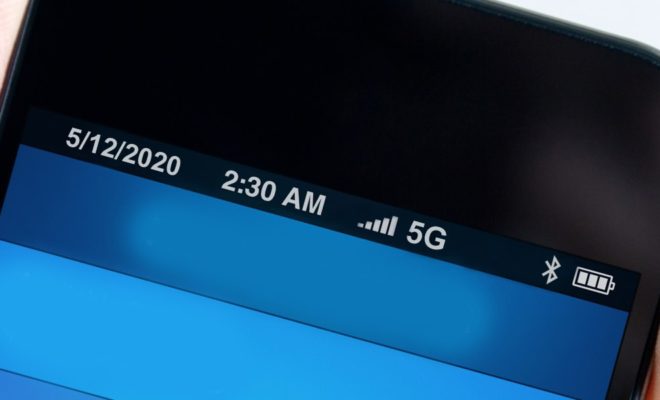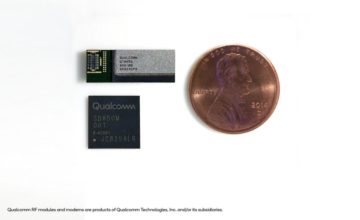5G is the future, and we’re running headlong into it. But what exactly does this development mean for you? 5G is going to have a monumental impact on both your personal and work lives, so it’s important to know about it, to keep yourself from being overwhelmed with the wave of new information.
Fifth generation mobile wireless, commonly known as 5G, can reach 20Gbps (or Gigabytes per second) for downlink and 10Gbps for uplink. Just for comparison sake, that places typical 5G speeds at roughly 100x faster than the quickest processing speeds of most American 4G networks. That’s the kind of power that could be used to download a full-length HD movie in a matter of literal seconds. The early roll-out of the advancement is expected to surface in several test cities over the course of 2017 – and several service providers and electronic developers have already been collaborating within the industry to ensure their compatibility with the new service within the next five years. Developer Softbank is even planning to produce 1 trillion IoT chips within the next twenty years, to help ensure that the most common devices have the capacity to utilize 5G for all the power it offers.
5G is expected to be able to support upwards of 2.6 million separate devices per square mile. 5G will also be run on smaller antennas than the current ones used for 4G service: these antennas are light enough to even be attached to common utilities like lampposts, and can help shorten the distance that signals must be transmitted. To compensate for the higher upload and download speeds, carriers are attempting to find ways to better connect the base station with local switching hubs, through a mixture of fiber landlines in urban environments and utilizing a microwave spectrum in more rural areas – which speaks volumes to the impact that carriers are expecting 5G will have on our connection with the internet; they’re trying to figure out how to do it now, and save them the trouble down the line.
Current estimates suggest that US operators will spend $275 billion over the next seven years implementing 5G into our lives. Considering the ever-increasing risk of tipping over the top of 4G capabilities and overtaxing current 4G systems to the breaking point, it’s crucial to remember that the expanded speed and power of the 5G chain is also expected to bring in roughly $3.5 trillion by 2035 and could help support up to 22 million jobs across a variety of fields. Which says a lot about the prospects of these developments, and why so many carriers are already preparing to expand into 5G, whether with smaller specific advancements to the technology itself, or by expanding infrastructure by constructing macro towers to strengthen the connection.
The internet has had a massive impact on almost every facet of modern life, and has expanded our ability to spread influence, knowledge, and goods throughout the world. And by improving our established lines of communication by moving to the next step in wireless connections with 5G, the potential for that power only increases greater the further we improve upon it. HD movies in seconds, high quality games in moments, and expanded means of communication – helping bolster our medical, commercial, and communicative potential. 5G isn’t something brand new, but a natural growth of our current climate – a natural next step for developers to take and ensure that we don’t lose out on any of the possible potential that 5G presents.
Source: Next In The Pipeline – 5G Mobile Wireless




